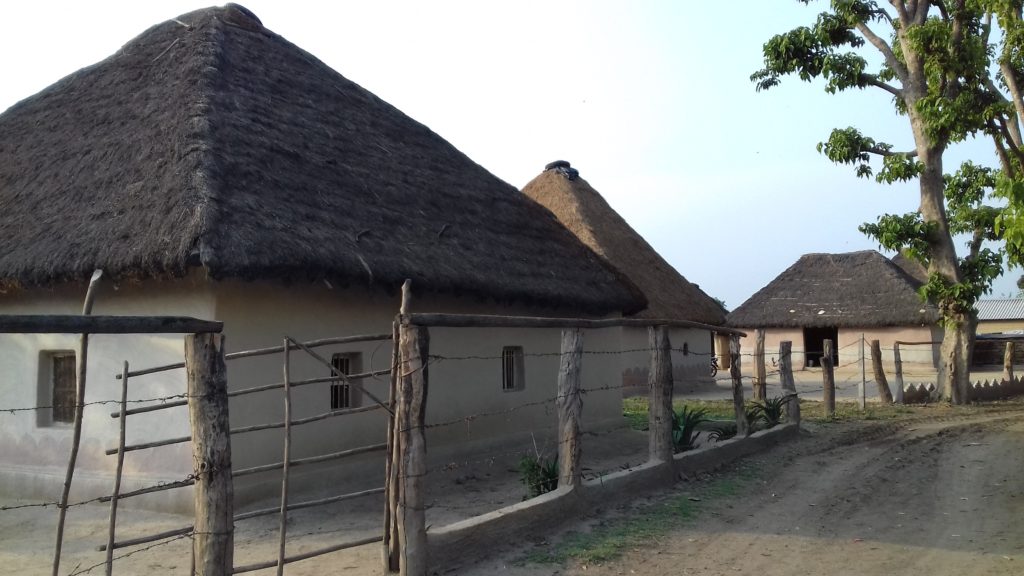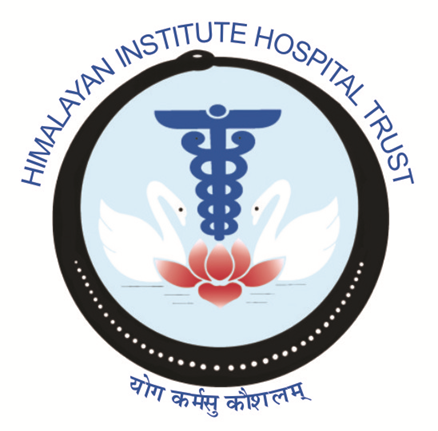Territorially Uttarakhand is often represented in two different zones i.e. Garhwal & Kumaun. But, this hill-dominant state which apparently seems to be small is actually quite vivid and has too much diversity in its cultures, traditions, dialects, etc. Hence, the quench to know more about Uttarakhand especially the 5 tribes, i.e. Bhotiyas, Thaurs, Buxa, Jaunsaries, Van Gujjars began under the aegis of Uttarakhand Diaries, exploring the enigmatic and untold dynamics of Uttarakhand; Unravelling the micro-cultures & complexities of indigenous people inhabiting the state since many centuries.

The quest began with Van-Gujjars, reason being, they were approachable to the Doiwala area and as a matter of fact, RDI was already engaged with tribe in relation with their Education Projects. So, the understanding could be drawn what chronicles had suggested us that even before when the British colonizers established the “Indian forest department” in 1861, and the State could identify and standardize the ownership and control of resources, especially over forests and the “Wildlife Protection Act, 1972” and “Forest dwellers & tribal act 2006” could come into existence, Van Gujjars who are actually nomadic buffalo-herders have been inhabiting the forests at the foothills of Himalayan states of Jammu and Kashmir, Himachal Pradesh and Uttarakhand. They are one of many tribes who have lived in deep dependence on wild habitats in India for whom, “transhumance” (the practice of moving livestock from one grazing ground to another in a seasonal cycle) has been a way of life for centuries. Their customs, cultures and traditions are cattle-centric. They believe that for their sustenance and existence, cattle (mainly buffalo) has been an unequivocally significant aspect of their lives since generations. Muslim Gujjars of Uttarakhand’s mountains trek down from Uttarkashi to Rishikesh and Dehradun during winters with their livestock at their deras (habitation pockets) in the forests. They shelter in Chilla and Motichur forest ranges of Rajaji National Park in Uttarakhand and also, they have habitation in Terai district of Udham Singh Nagar.
The project’s objectives were to gather raw data from different sources of indigenous people of Uttarakhand about different aspects of their life; to convert the collected data into proper information through diverse creative methods such content writing, audio, video, posters, small pocket booklets, etc., so it becomes interesting as well as informative at the same time for the people to understand effectively; to revive the indigenous knowledge endemic to the specific regions of Uttarakhand and to create a sense of belongingness among people who hail from Uttarakhand.
The work of operation encompassed compilation & review, research from different sources, presentation & designing, editing, extracting knowledge from other sources (personalities, historians, personal contact with community), referring to textbooks, scholar notes, using different mediums for compiling the data – voice recording (audio), video shoot, photographs, information gathered during interaction with communities , testimonials.
The data to be extracted were been categorized in different matrices which are interlinked, correlated and inter-connected, viz. – arts & handicrafts and utensils; food & nutrition; ornaments & costumes; culture, customs, traditions & religious beliefs; myths, tales, folklores & idioms, proverbs, dialect; music & dance; flora, fauna & medicinal knowledge; architecture & engineering, tools, techniques; historic evidences & famous personalities; geography, topography, coordinates & climate; area & people profile.
The exploration continued and the next we land up to Jaunsaries, understanding this endemic tribal community. It is believed among the locals, their ancestors originally migrated there from Rajasthan and they trace their lineage from Pandavas. Long time ago after getting tormented by the Mughals, they started to search for a safer and undetermined place where Mughals can no longer reach them. In 1966, Jaunsar-Bawar region was declares as Scheduled Tribe area by Govt. of India. According to local village lore, the Pandavas and Kauravas figure in the anthropology of the Tons valley and some families claim to be direct descendants of the two clans. The Jaunsaris claim to be descendants of the Pandavas, while the Bawaris are from the Kauravas or Duryodhana’s clan. The two cultures usually do not mix, and it is a rare occurrence to see the two cultures mix in terms of marriage or social custom.

Jaunsar-Bawar is a hilly region which is 85 km from Mussoorie and lies in Chakrata tehsil of Dehradun district in Uttarakhand state. It has two blocks – Chakrata & Kalsi The region is spread over 1002 km² and having 358 revenue villages and 39 khaate/ patte It is defined by the river Yamuna in the east and by river Tons in the west, the northern part comprises Uttarkashi district and some parts of Himachal Pradesh and the Dehradun tehsil forms its southern periphery. Ethnically, Jaunsar-Bawar comprises two regions, inhabited by the two predominant groups: Jaunsar, the lower half, while the snow-clad upper region is called Bawar, which includes, the ‘Kharamba peak’ (3,084 m). Jaunsar- Bawar was Part of Sirmaur Kingdom which is now Sirmaur district in Himachal Pradesh. It is the border area of Garhwal so it was captured by Garhwal rulers one time, when capital city was shifted from Kalsi to Nahan.
The most interesting thing that attracts the spot light when comes to the culture of this community is the marriage arrangement. A different sort of marriage culture is demonstrated by the presence of polygamy and polyandry in the local traditions, with richer practicing polygamy, while their poor counterparts, choose to share a wife (polyandry), though the husbands should be brothers, a fact which is often connected to, the 5 Pandava brothers in the Mahabharata, marrying Draupadi, from whom Jaunsaries trace their ethnic origin and also to avoid distribution of the land. Though, anthropology studies in the 1990s revealed that these practices were fast phasing out due to the advent of modernization and education and is being replaced by monogamy and hence, these practices do not exist now.
Overall, two tribal communities have been studies so far and with this poster of both the communities have been created in order to showcase and educate the common masses about their cultures at a glance. With this, we are putting our endeavor to revive the indigenous cultural heritage of Uttarakhand.
